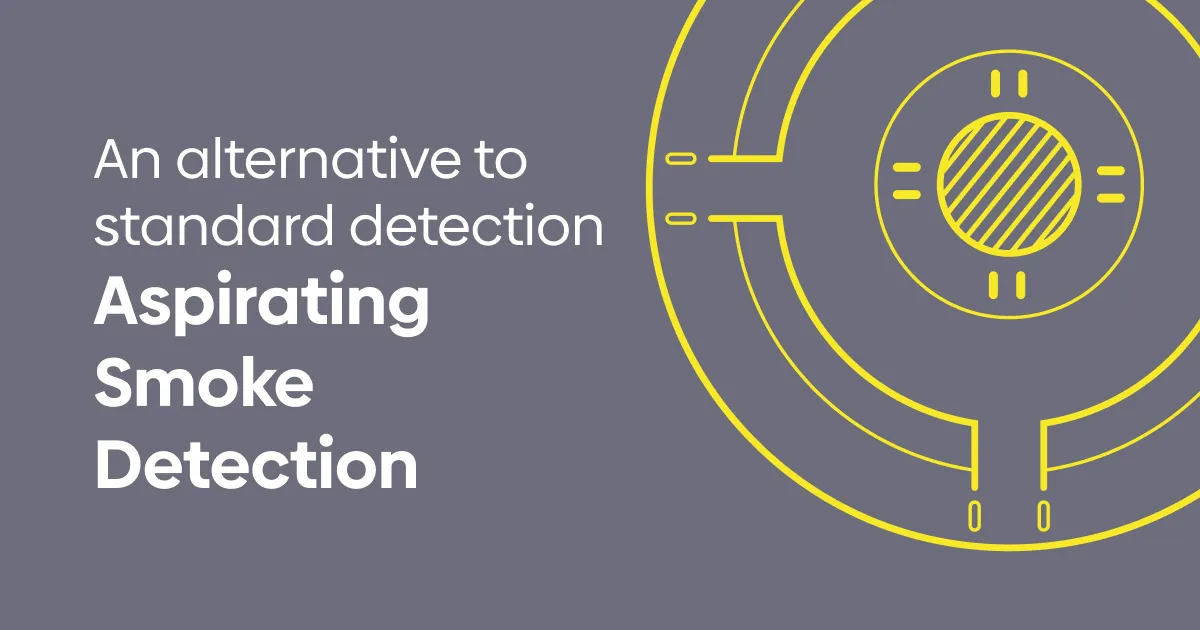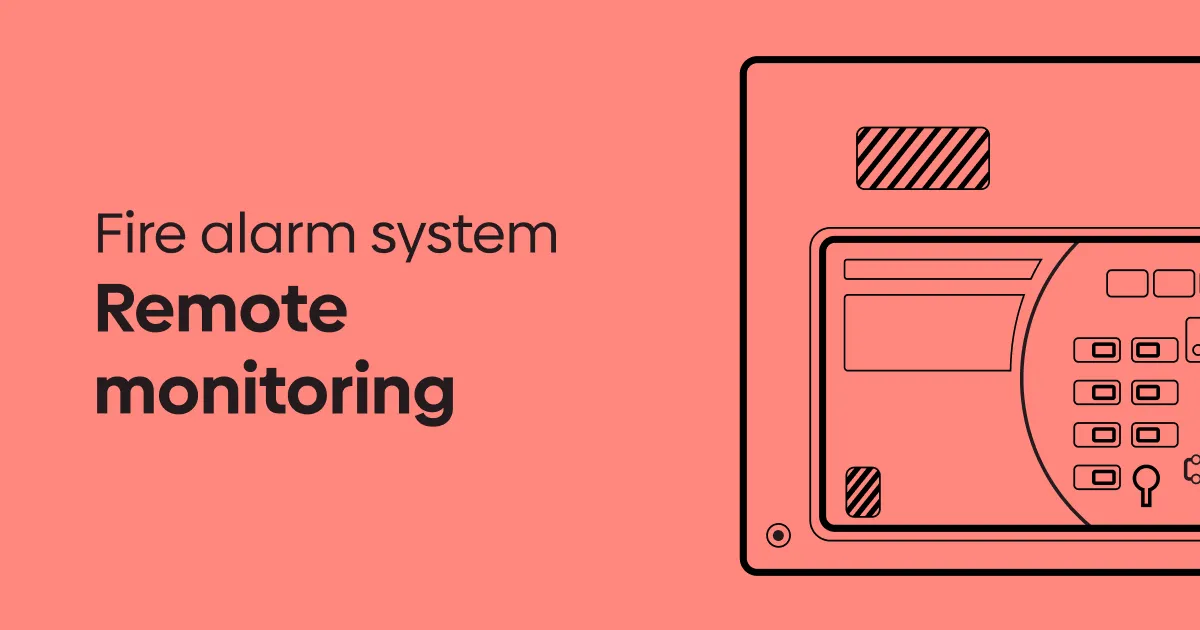
What is an Evacuation Alert System (EAS)?
An Evacuation Alert System (EAS) is not a fire alarm and it does not detect fire; rather, it is a manual system that enables the Fire Service to communicate directly with building occupants and manage evacuations.
EAS are becoming an integral part of fire safety in high-rise buildings, complementing existing fire alarm systems and safety protocols. Housed in tamper-resistant metal cases, these systems are accessible only to emergency personnel using a special key. An EAS allows the Fire Service to trigger evacuation alerts in specific areas, often on a floor-by-floor basis, facilitating phased evacuations. These alerts can use visual, audible, and, in some cases, sensory signals (e.g.vibrating pillow pads) to ensure all occupants are alerted to the need to evacuate.
Real-time alerts allow evacuation plans to be adjusted dynamically, helping firefighters to address issues such as congestion and smoke in stairwells, and potential contraflow when emergency crews enter during an evacuation. The EAS system helps organise a controlled, systematic evacuation, reducing confusion and enhancing safety.
The Stay-Put Strategy and Fire Safety Evolution
Historically, the “stay put” policy has been the recommended evacuation strategy in many UK flats, particularly in purpose-built blocks and high-rises. This approach was designed to protect residents from fire by preventing panic and mass evacuations. In the event of a fire, residents are advised to stay in their flats with doors and windows closed, unless the fire is in their own flat or in common areas. This strategy aims to prevent obstruction for firefighters and reduce the risks associated with chaotic evacuations.
However, the “stay put” policy is closely linked to the concept of compartmentalisation – the physical design features of a building that help contain fire within the flat of origin. Fire-resistant walls, floors, and fire doors are meant to slow the spread of fire and heat to other parts of the building, providing more time for Fire Services to respond. The effectiveness of “stay put” depends on compartmentalisation working as intended. Unfortunately, there have been far too many instances in high-rise buildings where compartmentalisation has failed, with catastrophic consequences. Fire has spread beyond the original flat, and the “stay put” policy – rather than being a protective measure – has tragically exacerbated the loss of life.
The horrific events of Grenfell Tower and other similar tragedies have highlighted significant flaws in this approach, especially when unforeseen factors, like combustible cladding, accelerate the spread of fire. In response, both the “stay put” policy and other fire safety measures have been reassessed, with a much greater emphasis on adaptability.
As a result, fire safety protocols now focus on more flexible evacuation strategies. While “stay put” remains the general advice when there is no immediate danger, fire conditions are continuously reassessed. Firefighters evaluate smoke behavior and fire spread, adjusting evacuation strategies according to the prevailing circumstances.
If evacuation becomes necessary, an Evacuation Alert System (EAS) plays a vital role in guiding residents to safety. The introduction of BS 8629 in October 2023 acknowledges the need for such systems, ensuring that residents can be alerted and evacuated in a controlled manner when the “stay put” policy is no longer feasible.
Legal Framework and the Future of EAS in the UK
The integration of EAS into fire safety protocols has gained momentum in the UK. Following the inclusion of BS 8629 into Approved Document B on December 1st, 2022, EAS must now be installed in new buildings taller than 18 metres in England. In Scotland, these systems are already mandatory for new high-rise buildings. These regulatory changes highlight the critical role of EAS in enabling real-time communication and co-ordinated evacuations.
EAS complement fire alarms and suppression systems, ensure more efficient and controlled evacuations. They are a vital component in making evacuation procedures clearer and safer.
BS 8629:2019, the British Standard for Evacuation Alert Systems, provides essential guidelines for the quality and implementation of EAS. Adhering to these standards ensures systems operate effectively during critical situations.
While EAS are not yet mandatory in all existing buildings, their inclusion in new constructions represents a significant step towards more proactive fire safety with the regulatory framework continuing to evolve.
Challenges and the Need for Ongoing Improvement
Despite progress since Grenfell Tower, many buildings still require significant upgrades to meet modern fire safety standards. While some buildings have undergone cladding removal and fire safety retrofits, the work is far from complete. As of early 2025, up to 3 million people in the UK are living in high-rise buildings with unsafe cladding. This issue affects around 5,000 residential buildings over 11 metres in height, with remediation efforts proceeding slowly.
The financial cost of improvements is considerable, but this is insignificant compared to the potential human cost of another disaster.
Building owners and landlords must remain proactive in updating fire safety measures, not only to comply with legal requirements, but as part of a broader commitment to occupant safety. This includes regular testing, maintenance, and reviews to ensure evacuation procedures remain effective and up to date with the latest fire safety protocols.
The ongoing drive for improved fire safety is essential to protecting vulnerable occupants, particularly in social housing. The installation of Evacuation Alert Systems in high-rise buildings is a crucial step in reducing the risk of further tragedies.
EAS and the Future of Fire Safety
Evacuation Alert Systems are a vital part of modern fire safety, providing essential support to fire alarm systems and evacuation plans. While they are not a substitute for comprehensive fire protection strategies, they significantly enhance overall safety.
The UK has made significant progress in improving fire safety regulations, but there is a long way to go. EAS play a key role in ensuring these improvements are effectively implemented, especially when it comes to protecting vulnerable occupants. It is vital that we continue prioritising fire safety, evolving strategies, and maintaining accountability.
At Huvo, we are committed to helping businesses and building owners meet fire safety standards with the latest Evacuation Alert System technology. We offer BS 8629:2019-compliant systems that meet the highest safety standards, ensuring peace of mind for all building occupants.









